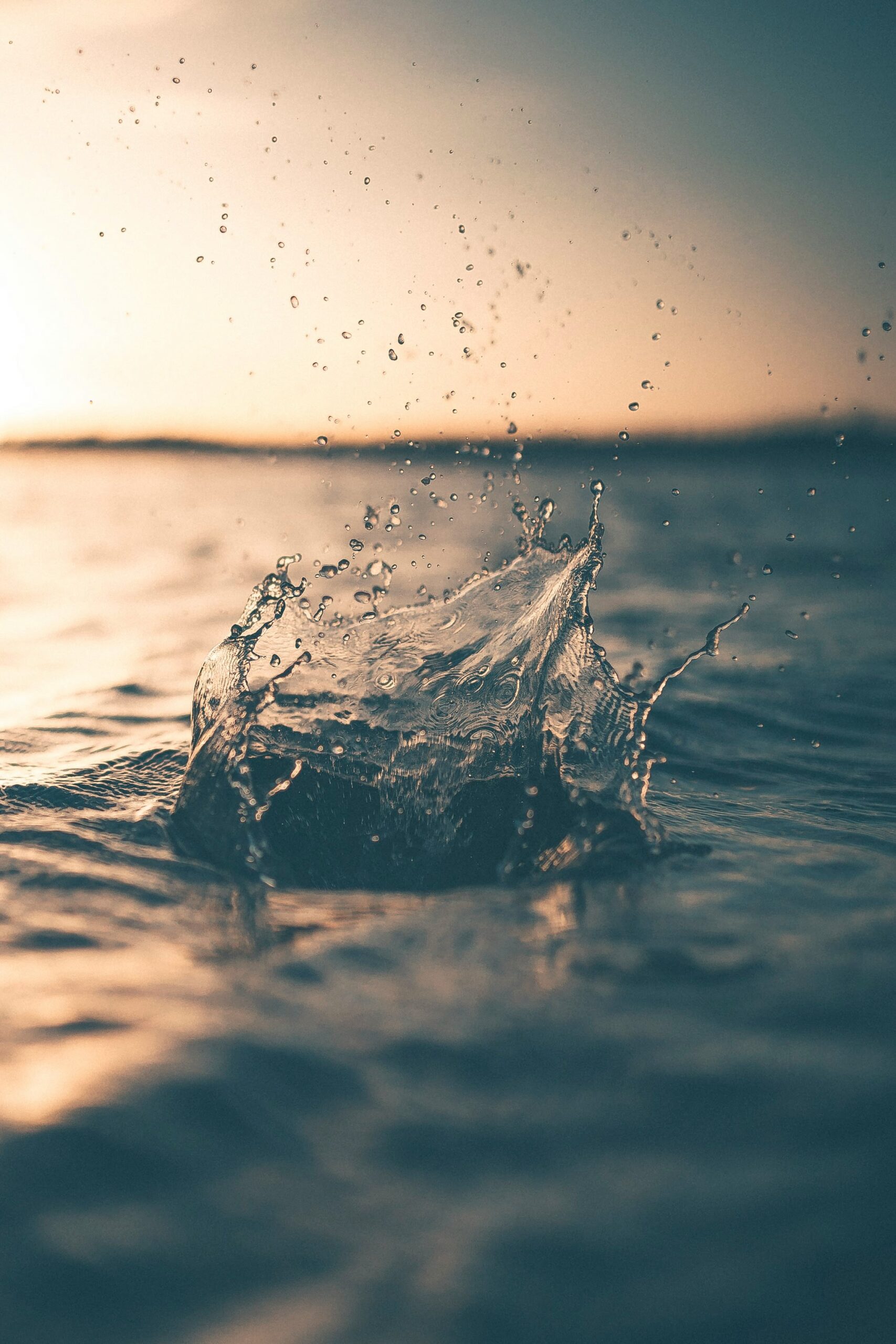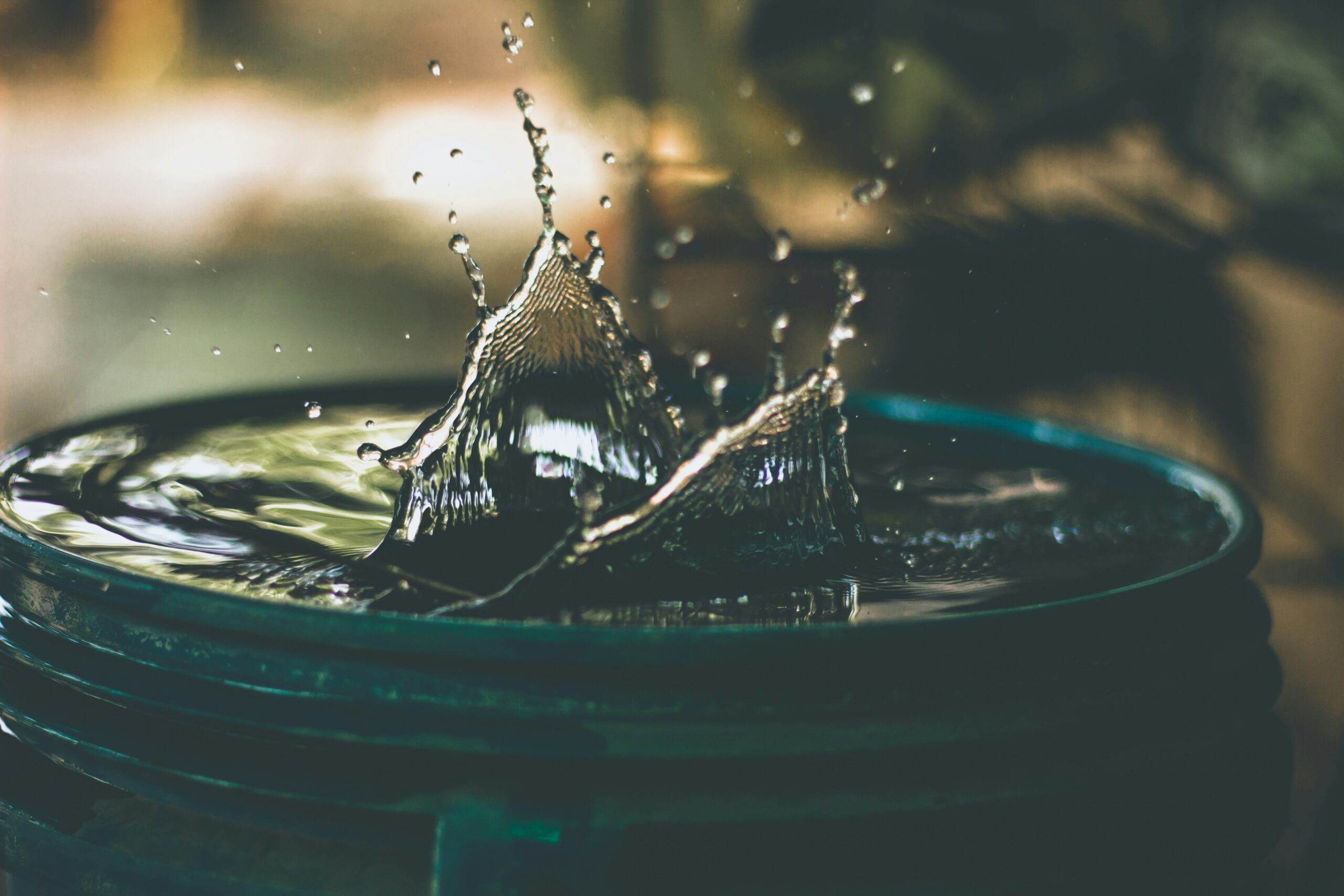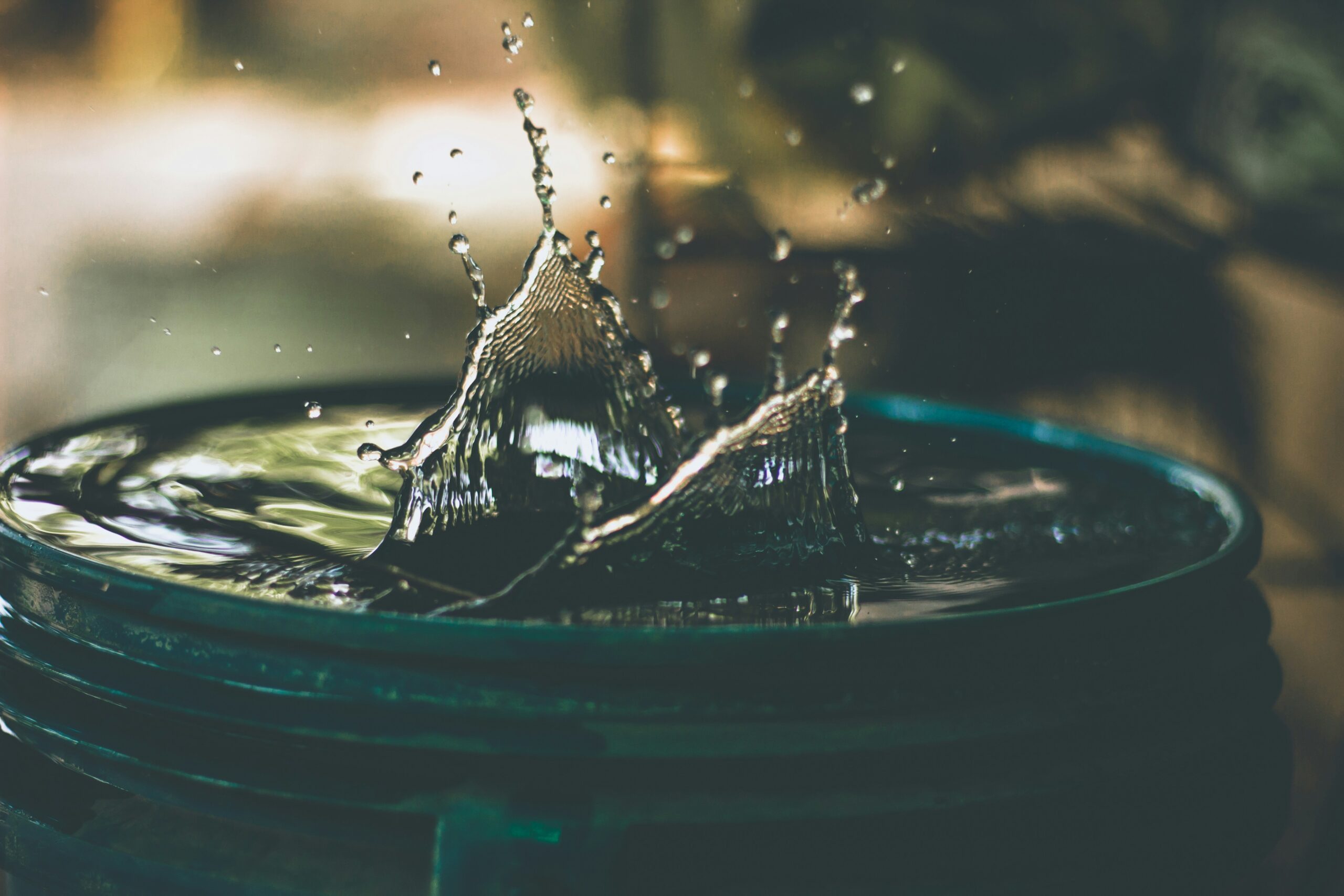Introduction
In today’s rapidly evolving world, the need for efficient water supply systems has become more crucial than ever. With growing populations and increasing water scarcity, it is essential to optimize water distribution processes to ensure sustainability and conservation. One way to achieve this is through the implementation of smart water distribution systems that leverage innovative user interface (UI) and user experience (UX) designs. This article explores the various UI/UX innovations that can revolutionize water supply systems and enhance their efficiency.
1. Real-time Monitoring and Data Visualization
A key aspect of smart water distribution systems is the ability to monitor water usage in real-time and visualize the data in an intuitive manner. Through interactive dashboards and visually appealing charts, operators can easily track water consumption patterns, identify leaks or abnormal usage, and make informed decisions to optimize the distribution process. The UI/UX design should prioritize simplicity and clarity, ensuring that the data is presented in a user-friendly format that is easy to understand and act upon.
2. Predictive Analytics and Machine Learning
By leveraging the power of predictive analytics and machine learning algorithms, smart water distribution systems can anticipate future water demand and optimize supply accordingly. The UI/UX design should incorporate intelligent forecasting models that provide accurate predictions based on historical data, weather patterns, and other relevant factors. Operators can then make proactive adjustments to the distribution network, ensuring that water is supplied efficiently and wastage is minimized.
3. Mobile Applications for Consumer Engagement
Engaging consumers in water conservation efforts is crucial for the success of any smart water distribution system. By developing mobile applications with intuitive UI/UX designs, consumers can actively monitor their water usage, set goals for conservation, and receive personalized recommendations for reducing consumption. The app should provide real-time updates on water usage, compare it to average consumption, and offer tips on how to conserve water. This level of consumer engagement not only promotes responsible water usage but also creates a sense of ownership and empowerment.
4. Remote Control and Automation
UI/UX innovations can enable remote control and automation of water distribution systems, reducing the need for manual intervention and streamlining operations. Through a user-friendly interface, operators can remotely monitor and control valves, pumps, and other components of the distribution network. Alerts and notifications can be sent directly to their devices, allowing for quick response to any issues or emergencies. The UI/UX design should prioritize ease of use and accessibility, ensuring that operators can efficiently manage the system from anywhere, at any time.
5. Integration with IoT and Smart Devices
The Internet of Things (IoT) has revolutionized the way we interact with our surroundings, and water distribution systems are no exception. UI/UX designs should facilitate seamless integration with IoT devices, such as smart meters, sensors, and actuators. This integration allows for real-time data exchange, automated control, and efficient management of water resources. The UI/UX design should enable users to easily connect and configure IoT devices, view their status, and receive relevant information for decision-making.
Conclusion
Efficient water distribution systems are essential for sustainable water management in the face of increasing demand and limited resources. By incorporating UI/UX innovations into smart water distribution systems, operators can optimize processes, engage consumers, and make informed decisions for conservation. Real-time monitoring, predictive analytics, mobile applications, remote control, and integration with IoT devices are just a few examples of how UI/UX designs can revolutionize water supply systems. Embracing these innovations will not only enhance efficiency but also contribute to a more sustainable and water-conscious future.




Leave a Reply